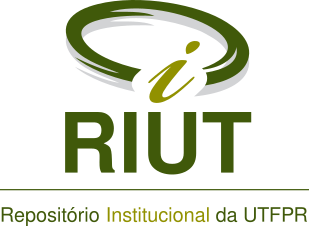Mathematical modeling of drying passion fruit peel and influence of temperature on color, phenolic compounds and antioxidant activity
Resumo
The passion fruit peel is a byproduct from juice industry and when it is not discarded or used as fertilizer or feed, can serve as raw material for industry pectin or other functional ingredients, due to its high fiber content and minerals. The objective of this study was to evaluate the influence of drying temperature on the characteristics of color, phenolic compounds and antioxidant activity of passion fruit peel. We also analyzed the ability of some mathematical models in representing the drying. The product reached constant humidity at 240 minutes for drying at 90 °C, 300 minutes to 80 ºC, 390 minutes to 70 ºC and 360 minutes to 60 ºC. The Page model was the best to represent the process at all temperatures studied (R2 from 0.982 to 0.998). Significant color variations were observed during the trial at different temperatures. The total phenolic compounds and antioxidant activity identified in fresh samples also showed variations in their levels at the end of the drying process. A decrease in antioxidant capacity occurred and an increasing in the phenolic compounds with higher temperature.
DOI: 10.14685/rebrapa.v5i2.163
Palavras-chave
Texto completo:
PDFDOI: 10.14685/rebrapa.v5i2.163
Apontamentos
- Não há apontamentos.
Direitos autorais





